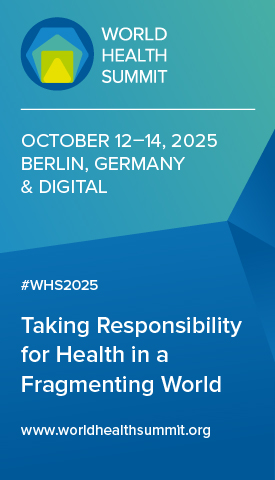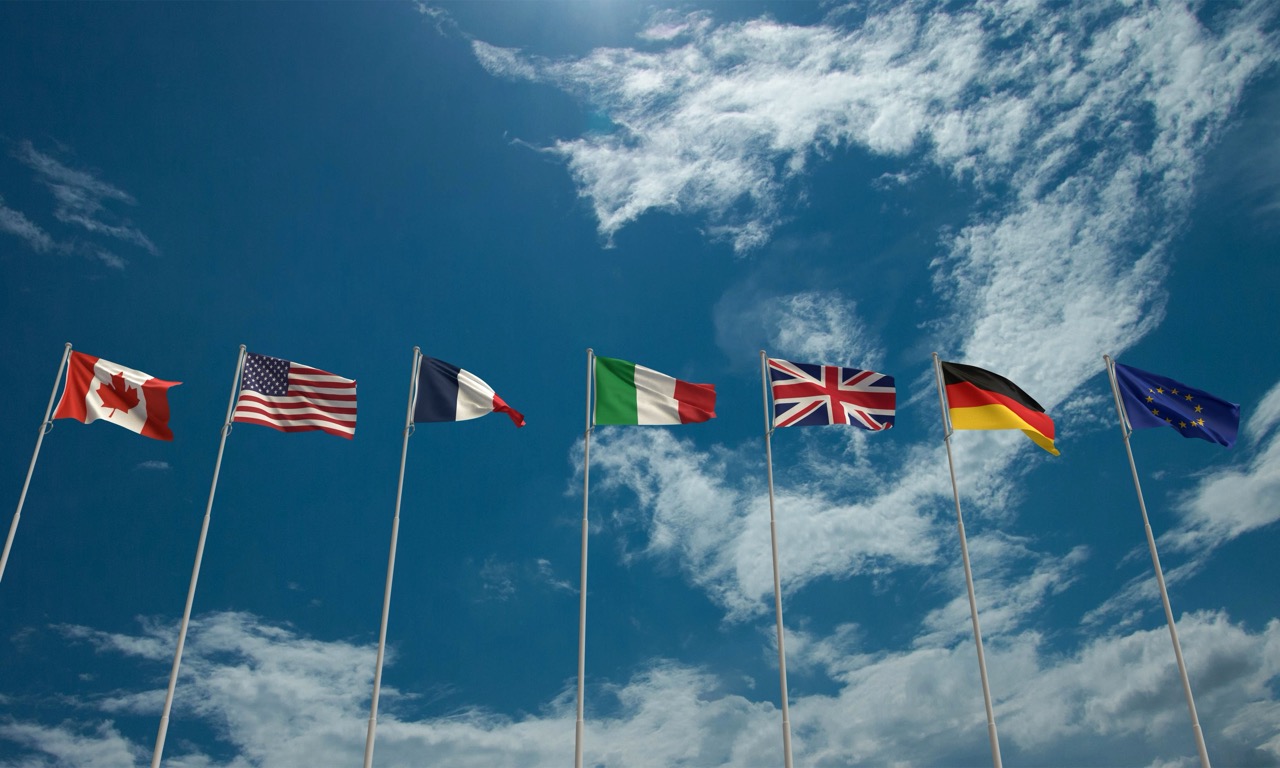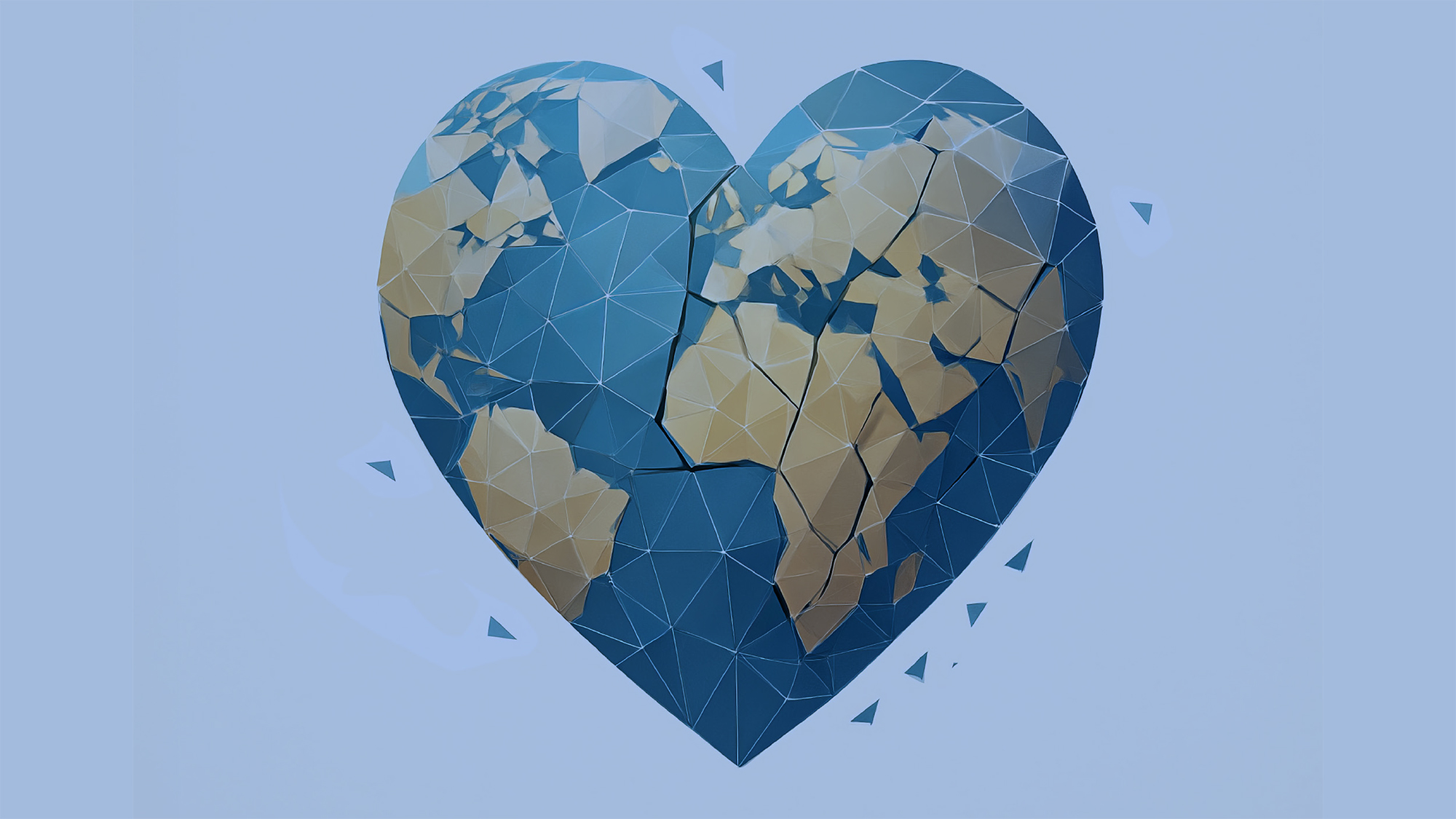A new world order of global infections
A confluence of political instability and rising anti-vaccine activism is having deadly consequences around the world and causing the return of vaccine-preventable diseases that we have not seen in decades
It is hard not to notice how the topic of global infectious diseases increasingly pervades or even dominates the geopolitics of national governments and international relations. In 2022, Covid-19 transmission remained strong, despite being the third year of the pandemic – the global death toll is approaching 20 million people. We also saw how monkeypox spread from the African continent to cause widespread illness across the Western Hemisphere and much of Europe. Now, poliovirus has been detected in the United States and United Kingdom, with the first US case of acute flaccid paralysis in decades diagnosed in a suburb of New York City. These phenomena piggyback on serious epidemics that arose immediately before the Covid-19 pandemic, including the return of measles in Venezuela, Ebola virus infection in West Africa and the Democratic Republic of Congo, and emerging neglected tropical diseases including leishmaniasis in the Middle East and East Africa, schistosomiasis on the French island of Corsica, and mosquito-borne virus infections on the US Gulf Coast and in Southern Europe.
Today, among the most frequent questions I am asked is whether these disease occurrences represent random events or are somehow connected. The answer is not straightforward. Increasingly it appears that something indeed has been happening over the past eight years or so to cause a significant rise in global infections, especially vaccine-preventable diseases, neglected tropical diseases and catastrophic respiratory infections. Moreover, the pace and strength of these epidemics and (in some cases) pandemics are accelerating.
Combined forces
Despite the increasing recognition of the importance of climate change in promoting infectious diseases – it is tempting to compare such shifts in planetary health to worsening and devastating weather events – the reality is more nuanced and less obvious. Yes, climate change has a role, but in concert with some key social determinants. I benchmark the years 2014 and 2015 as times when we began to see infectious disease events sharply accelerate. Here are three brief examples of how these new 21st-century social and physical forces combined in unique ways:
- The Arabian Peninsula and the Middle East. The ISIS occupation and the wars in Yemen slowed or interrupted childhood immunisation against measles, polio and hepatitis A. The halting of insect vector control programmes resulted in a large resurgence of leishmaniasis, a disfiguring parasitic infection transmitted by sandflies, sometimes known locally as ‘Aleppo evil’. Then, a massive cholera outbreak erupted in Yemen. Plus unprecedented high temperatures caused populations to abandon ancient agricultural lands and emigrate into crowded cities such as Aleppo and Damascus. This aggressive urbanisation accelerated both political unrest and illness.
- Venezuela and Central Latin America. The socioeconomic collapse of the Maduro regime brought back insect-transmitted infections such as malaria, leishmaniasis, dengue and Zika virus, fuelled partly by expanding populations moving into recently deforested areas or seeking employment in the insect-infested gold mines. Declines in vaccination produced a resurgence in measles, subsequently transported by populations fleeing the country and entering the Amazon regions of Brazil and Colombia. New contact with Indigenous populations caused serious and deadly epidemics of vaccine-preventable diseases. Food insecurity from decreasing rainfall and depleted water reserves from prolonged drought compounded these effects.
- Texas and the US Gulf Coast. Warming temperatures, altered rainfall patterns, hurricanes and other weather events combined with urbanisation to create hot, sweltering cities vulnerable to emerging neglected tropical diseases including dengue, Zika virus infection, West Nile virus infection, typhus and helminth infection. In the past decade Texas and the Gulf Coast became an epicentre of anti-vaccine activism in the US that is bringing back measles and other vaccine-preventable infections.
In each case, the rise of these diseases resulted from a confluence of political instability, urbanisation (and deforestation) and other major social determinants, together with climate change. Similar forces also drive Covid-19 (and likely future coronavirus infections), monkeypox, polio and Marburg virus infection. Among our great challenges is sorting out the attributable risk to each of the underlying social and physical determinants, in part because we lack predictive algorithms or models due to an absence of meaningful dialogue among the biomedical scientists, mathematical modellers and epidemiologists and the social scientists – economists, sociologists and political scientists.
Social threats to health
Superimposed on these determinants is anti-vaccine activism and other social threats to our health and scientific infrastructures. Beginning in the 2010s the anti-vaccine movement in the US pivoted from alleging links between vaccines and autism to focus instead on ‘health freedom’ propaganda adopted by American politics on the far right. As a result, the US is now haunted by the reality that an estimated 200,000 Americans lost their lives unnecessarily to Covid-19 because they refused to take a vaccine even after safe and effective vaccines became widely available in 2021. Most of those deaths occurred along a partisan divide in conservative US Southern states.
An empowered and well-organised American anti-vaccine movement now targets all immunisations, especially routine childhood vaccines for measles and polio. This will not stop at US borders. The American style of anti-vaccine aggression has contaminated Canada and Western Europe, and even low- and middle-income countries in Africa. We could see the widespread return of all vaccine-preventable diseases and even slow or reverse progress towards the global Sustainable Development Goals.
Also in the US, the increasing attacks from the far right not only discredit the science but the scientists themselves, who are falsely and unjustly accused of taking pharma industry money or deliberately cooking up the Covid-19 virus in secret laboratories. Authoritarian regimes in Latin America and Eurasia now emulate such practices.
No obvious roadmap
Any type of fix will be complicated by the fact that many of these 21st-century forces are new and unprecedented. There is no obvious roadmap. To begin, we need a new generation of health scientists and diplomats to assist the global policymakers understanding how these new social determinants, including anti-vaccine activism, work hand in glove with climate change to promote pandemics or the resurgence of vaccine-preventable illnesses and neglected tropical diseases. Especially alarming are the activist groups and even some authoritarian governments targeting public health experts, healthcare providers and biomedical scientists. We must recognise the magnitude and danger of such threats: in the past few years hundreds of thousands of people globally have lost their lives by refusing a vaccine or failing to heed the warnings of public health experts to implement non-pharmaceutical interventions. In this sense, anti-science aggression kills more people than global terrorism, nuclear proliferation or cyberattacks. Yet we do not currently frame anti-science as a significant deadly force. This too must change. ▪












